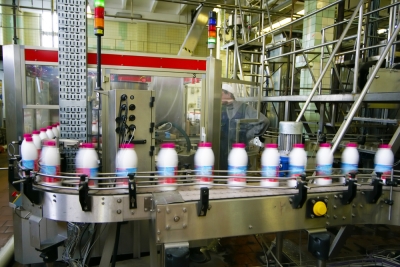Scope
- Whole of industry
- All job levels and role families
- Research, analysis, documentation, facilitation
- Design of assessment mechanisms
- Assessor and moderator training
Job competency and role performance analysis. Design of assessment methodology and instruments. Training of assessors and moderators.
Context and reasons for the initiative
The need to align education, training and development outcomes with industry operational and commercial requirements.
The need and desire to be able to offer career development pathways.
About the Assignment
On behalf of the Food & Beverage Industry Training Organisation, and in association with Godfrey Durham & Associates, this was an in-depth whole of industry competency analysis. We gained deep insight into the competencies required for good on job performance through an extensive series of focus group workshops, cross-testing, as well as interviews with job and subject matter experts, their managers, and up and down stream stakeholders. Most, if not all major brands with operations in New Zealand participated including wine makers, dairy producers, growers, food processors, bakers, millers and others.
Research and analysis included all major job families and role levels within the industry from school leaver entry level roles through to those requiring professional qualifications.
Examples of the range and diversity of roles analysed include Engineering, operators of complex harvesting machinery, plant operations, scientists, testers, production line roles, warehousing and distribution roles as well as business support roles such as marketing etc.
Person, Role and Relationship
Scott Constantine, Senior Consultant - Godfrey Durham and Associates, Consulting Assignment, sub-contractor.
Outcome
- A multi-dimensional definition of competence established for each role within the industry
- A framework from which to base qualifications, education and training delivery
- On-job evaluation along with recognition of prior learning/achievement
- Industry understanding of the competencies that really make a difference to on job performance
An extensive, in-depth whole of industry analysis was successfully completed, giving the industry a mechanism with which it could manage its skill requirements, employee development, and career-pathing. Outputs/deliverables included:


